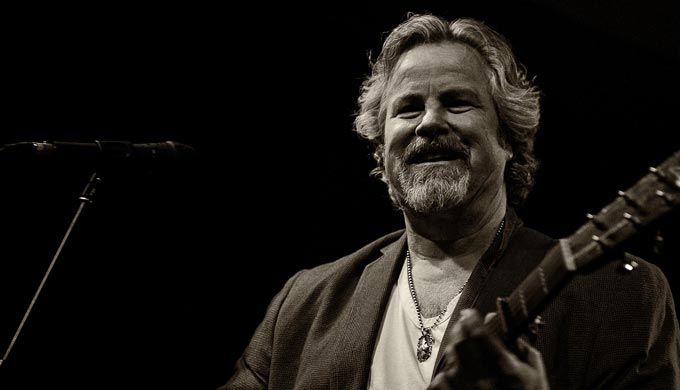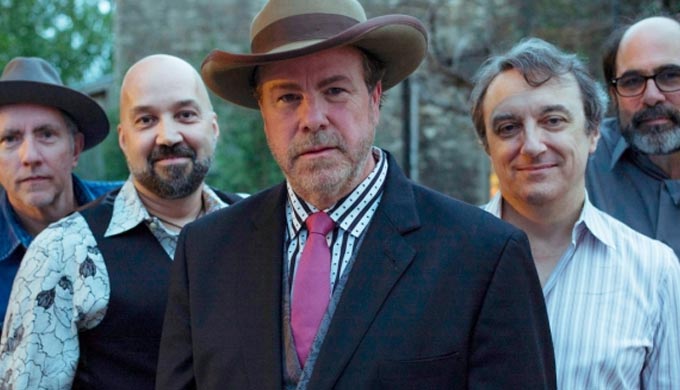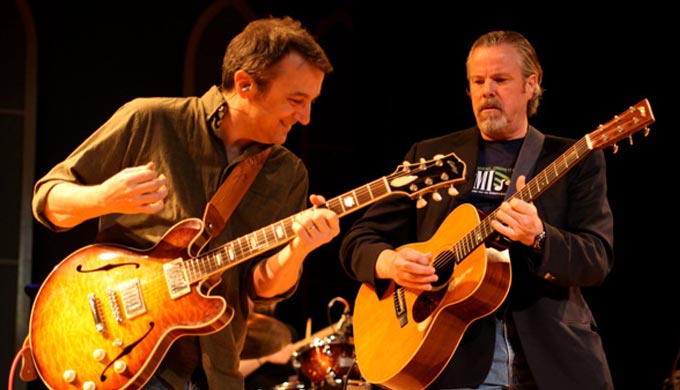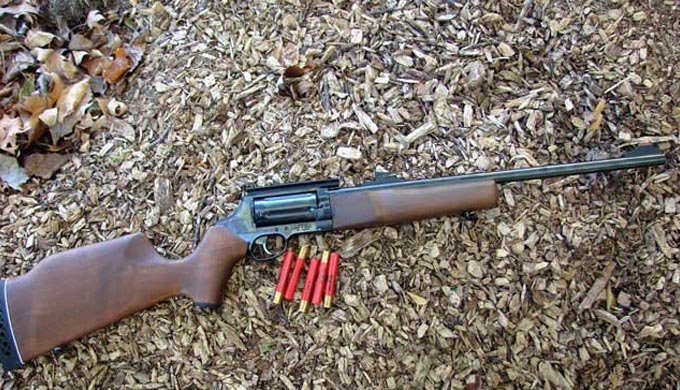“You can’t have too many shotguns or guitars.”
–Robert Earl Keen

“You can’t have too many shotguns or guitars.”
–Robert Earl Keen

Photo: heathconcerts.org
At a point in a career where most artists have descended into the abyss of familiarity and mostly forgotten, Robert Earl Keen is still going strong. Robert is a moving musical target, still playing his repertoire of songs but still testing the edge of the creative envelope with Bluegrass, one of his first musical loves. His latest album “Happy Prisoner – The Bluegrass Sessions” climbed to number two on the Billboard Bluegrass charts. Remarkable for a guy raised in Houston, Texas, half a country away from the birthplace of the form.

Photo: rollingstone.com
His work is categorized by those who feel the need to label things as “Americana.” Whatever you call it, he is mostly a story teller. Robert weaves tales of misadventure, humor, or as witness to the life around him, what pundits call The Human Condition. While all demonstrate Robert’s intelligence, what sets his work apart is that he is clever. Lots of smart folks are out there but Robert is clever and clever is hard. And rare. He has built a following that transcend age groups and social milieu and is now poised to become the Dean of Texas Songwriters.
He says of his durable career – “I’ve lasted longer than a heroin cheeseburger.”

Photo: Robert Earl Keen (center) and his band, (from left) Bill Whitbeck, Tom Van Schaik, Rich Brotherton and Marty Muse, courtesy of Country Weekly
Part of his success is having an extraordinary band. Rich Brotherton, Bill Whitbeck, Tom Van Schaik, and Marty Muse provide the backing track of Robert’s musical ruminations. Robert’s real secret is that he is a consummate performer. He communicates with the audience and they respond in kind – Robert Earl Keen’s fans know his songs and sing them with him.
Living in Kerrville, Robert has the chance occasionally to sit back and relax and every now and then go hunting. Regarding this, Robert, as he was spotted coming out of a guitar shop in Manhattan was quoted in the New Yorker Magazine as saying “You can’t have too many shotguns or guitars.” So what are Robert’s favorite Shotguns? And his favorite guitars?
Guitars

Photo: muzicosphere.com
1935 Washburn – This is a restored parlor guitar, originally steel stringed but converted to classical nylon. The secret to sound quality in an acoustic guitar is hard thin wood and his Washburn is constructed of Brazilian Rosewood. At its age it is also very fragile. Robert finds it comfortable.
“It’s friendly, like butter on a hot biscuit.”

Photo: collingsguitars.com
Collings – This is his stage guitar. He’s played it for years. Collings is developing a world following for the outstanding quality of his work at his factory in Austin, Texas. A Collings has an amazing fretboard and as each guitar is custom made, no two are alike. But having an instrument of this perfection makes one more comfortable on stage.
Robert met Bill Collings through Lyle Lovett. He bought the guitar in 1995 with a royalty check from Hitone records. The producer at Hitone later called Robert and said he’d made a mistake and wanted his money back. But Robert had already spent it on his Collings.
“I told him not to worry, the guitar was in good hands.”
Fender Stratocaster – Robert doesn’t consider himself an electric guitar player. But this Stratocaster is a re-issue of a classic fifties design in cream white. Robert bought it on tour in Norfolk, Massachusetts, and it is special because it has a cheesecake rendering of Ginger from Gilligan’s Island on the back. He likes it for its low action on the fretboard and the confidence it gives him.
“It makes you feel better than you really are.”
Shotguns

Photo: gunblast.com
Four-ten – He got his first gun, a 4-10 caliber single action pump, when he was ten years old. They are particularly good for a young man learning bird hunting.
Remington 870? Pump twenty gauge.
“I like it because it’s, well, economical.”
Beretta Over and Under. It’s either 20 gauge or 28 gauge with interchangeable barrels for either caliber. He prefers the 28 gauge because it’s small and powerful. It’s easier on the shooter and not good news for the avian livestock.
“It’s the official shotgun of the Military/Industrial complex.”